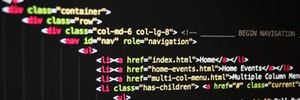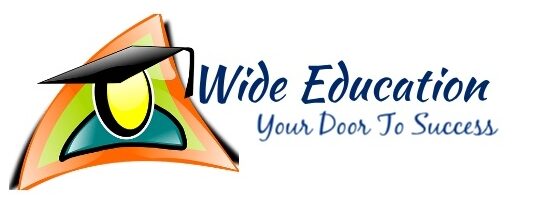Web 2.0 Technologies:
Table of Contents
• It’s a simply improved version of the first worldwide web, characterized specifically by the change from static to dynamic or user-generated content and also the growth of social media.
• The term was invented by Darcy DiNucci in 1999 and later popularized by Tim O’Reilly and Dale Dougherty at the O’Reilly Media Web 2.0 Conference in late 2004.
• The concept behind Web 2.0 refers to rich web applications, web-oriented architecture, and social web. It refers to changes in the ways web pages are designed and used by the users, without any change in any technical specifications.

Examples of Web 2.0 Applications:
• Hosted Services (Google Maps)
• Web Applications ( Google Docs)
• Video Sharing Sites (YouTube)
• Wikis (Media wiki)
• Blogs (Word press)
• Interactive Social Networking/Media (Facebook)
• Micro Blogging (Twitter)

Advantages of Web 2.0:
– Available of information at any time and any place.
– Variety of media. (Images, Videos, Web Pages, Text/Pdf)
– Easy to use.
– Learners can actively be involved in knowledge building.
– Can create dynamic learning communities.
– Everybody is the author and the editor, every edit that has been made can be tracked.
– User-friendly.
– Updates in the wiki are immediate and it offers more sources for researchers.
– It provides real-time discussion.
Web 2.0 tools and their features:
• Major features of Web 2.0 allow users to collectively classify and find dynamic information that flows two ways between the site owner or server-side and site user or client-side by means of evaluation, comments, and reviews.
1. On the server-side use PHP, Ruby, Perl, Python, Perl, etc technology.
2. On the client-side use Ajax, JavaScript, JavaScript frameworks such as JQuery, Moo Tools, etc.
• Site users can add content for others to see. Web 2.0 sites provide APIs to allow automated usage by an app or mash up like it provides location metadata that can be processed by a simple browser tool…

The key features of Web 2.0 include:
1. Folksonomy:
Free classification of information; allows users to collectively classify and find information (e.g. “tagging” of websites, images, videos, or links)
2. Rich User Experience:
Dynamic content that is responsive to user input (e.g., a user can “click” on an image to enlarge it or find out more information)
3. User Participation:
– Information flows two ways between the site owner and site users by means of evaluation, review, and online commenting.
– Site users also typically create user-generated content for others to see (e.g., Wikipedia, an online encyclopedia that anyone can write articles for or edit)
4. Software As A Service (SaaS):
• Web 2.0 sites developed APIs to allow automated usage, such as by a Web “app” (software application).
5. Mass Participation:
• Near-universal web access leads to differentiation of concerns, from the traditional Internet user base (who tended to be hackers and computer hobbyists) to a wider variety of users.

Concepts:
Web 2.0 can be described in three parts:
1. Rich Internet application (RIA):
– It defines the experience brought from desktop to browser, whether it is “rich” from a graphical point of view or a usability/interactivity or features point of view.
2. Web-oriented architecture (WOA):
– It defines how Web 2.0 applications expose their functionality so that other applications can leverage and integrate the functionality providing a set of much richer applications.
– Examples are RSS (Really Simple Syndication) feeds, and web services (Easley integrating one website content to another website content).
3. Social Web:
– It defines how Web 2.0 websites tend to interact much more with the end-user and make the end-user an integral part of the website, either by adding his or her profile, adding comments on content, uploading new content, or adding user-generated content (e.g., personal digital photos).
Limitations of Web 2.0:
– People are highly dependent on the internet to network.
– Wastage of time.
– Keyword-based.
– Failure to remove outdated information.
– A high number of frauds and hackers.
– Missing of Intelligence.
Another Related Content
Concept of School Complex | Need and Important
What is Social Networking? | Basic Concept of WWW

